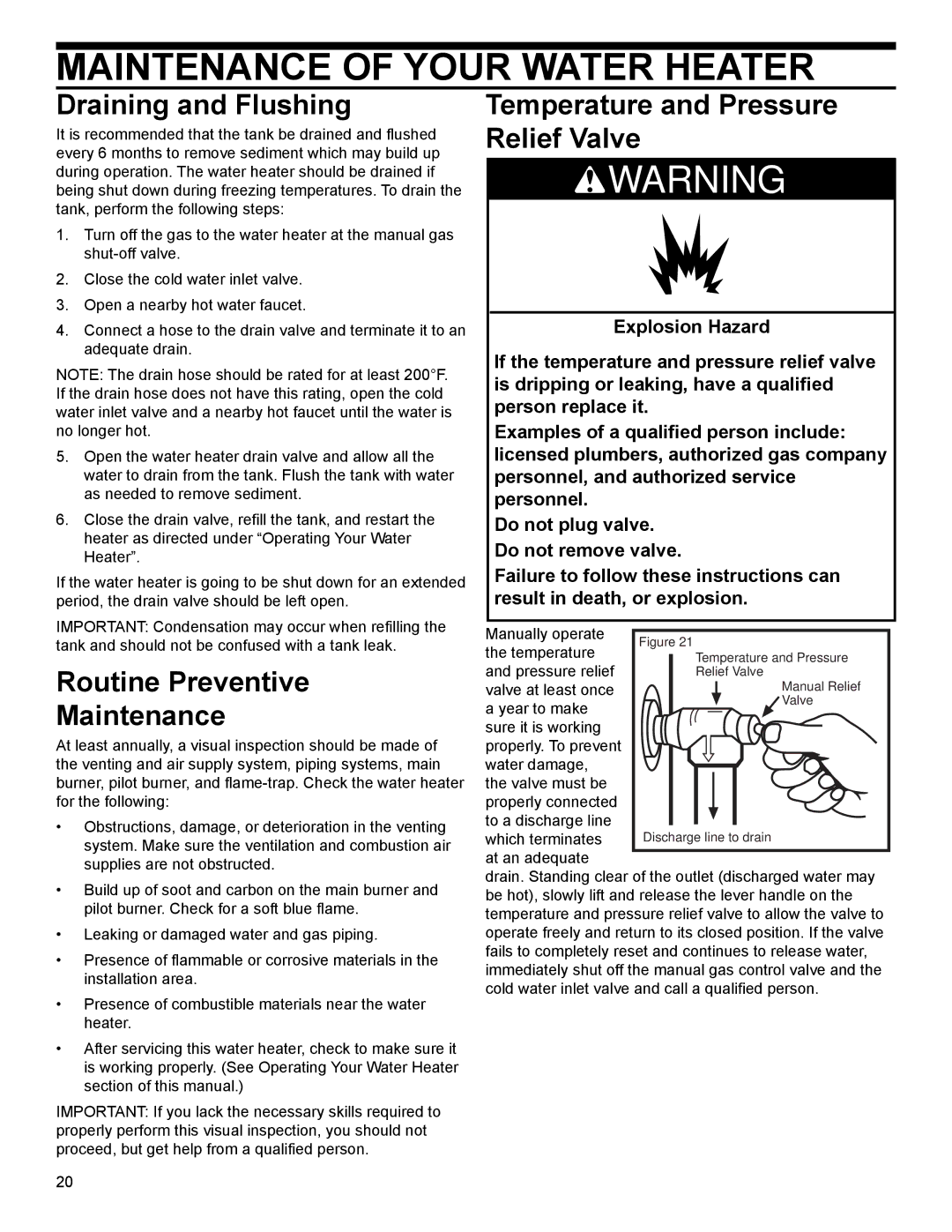W10100910, 315420-000 specifications
Whirlpool 315420-000 and W10100910 are parts designed to enhance the efficiency and performance of various Whirlpool appliances, particularly in the realm of washing machines and dryers. These components have gained attention for their durability, reliability, and ability to improve the overall user experience.One of the main features of the Whirlpool 315420-000 is its role as a water inlet valve. This essential component regulates water entry into the washing machine, ensuring that the right amount of water is available for each cycle. The valve is designed to replace old or malfunctioning units, restoring the washing machine’s functionality. Its construction typically includes high-quality materials that resist wear and corrosion, contributing to a longer lifespan and dependable operation.
The W10100910 part often refers to the dryer thermal fuse, a critical safety component that prevents overheating. When the dryer temperature exceeds safe levels, this fuse blows to cut off power, protecting the appliance and the surrounding area from potential fires. The reliable operation of this fuse is essential for maintaining safety standards in the home and extending the life of the dryer.
Both parts feature user-friendly designs, allowing for straightforward installation. Usually, homeowners or technicians can easily replace them without needing extensive tools or specialized training. This accessibility makes it convenient for individuals looking to perform DIY repairs, ultimately saving time and money on professional service.
In terms of technology, these components highlight Whirlpool's commitment to innovation and quality. For instance, the water inlet valve is engineered to accommodate variable water pressures, ensuring consistent performance even in different home plumbing situations. The thermal fuse utilizes advanced material engineering to ensure rapid response to temperature increases, enhancing the safety protocols of modern dryers.
Overall, the Whirlpool 315420-000 and W10100910 are excellent representations of the brand’s dedication to customer satisfaction and appliance longevity. Their main features focus on reliability, ease of installation, and safety, making them essential components for maintaining optimal performance in Whirlpool washing machines and dryers. Whether you're a homeowner looking to perform maintenance or a service technician tasked with repairs, these parts play a crucial role in ensuring that appliances run smoothly and efficiently.

